Nephrectomy

Partial or complete kidney removal is a procedure known as a nephrectomy.
This procedure is often done when a cancerous kidney needs to removed or if one or both of these bean-shaped organs has been severely damaged by disease. In some cases, it may be possible to save part of the kidney with what's referred to as kidney-sparing surgery.
- A nephrectomy may also be done if a kidney needs to be removed as part of a kidney transplant operation.
- There are several ways kidney removal may be performed, including some methods that use techniques that are less-invasive than traditional open surgery.
Contact Us Today
Radical Nephrectomy
With a complete or radical nephrectomy, a urological surgeon removes the affected kidney by making an anterior (from the front) or lateral (from the side) incision. If kidney cancer is the reason for a radical nephrectomy, additional tissues may be removed along with lymph nodes and adrenal glands. The ureter that links the affected kidney to the bladder may also be removed. If the cancer is localized, the kidney might be the only structure that needs to be taken out.
Partial Nephrectomy
Also referred to as nephron-sparing surgery, a partial nephrectomy is the removal of kidney tissues without the complete removal of the organ. A urological surgeon may suggest this procedure for patients with small tumors limited to one part of a kidney, non-cancerous (benign) tumors, or problems related to kidney stones that aren't treatable with other options. The procedure may also be recommended for patients exhibiting signs of kidney failure not yet at the point where full removal is necessary. The main benefit for patients is that a significant portion of kidney can be left intact.
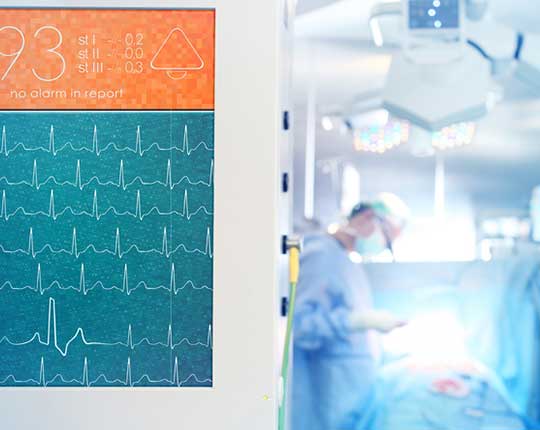
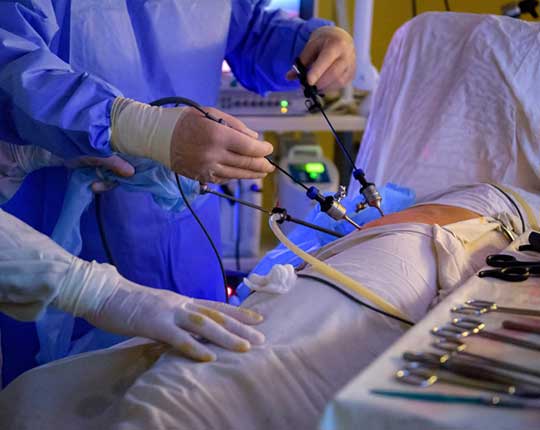
Laparoscopic Surgery
Performed with smaller incisions and special instruments, a laparoscopic nephrectomy is less-invasive way to remove all or part of a kidney. The procedure is performed with a thin, lighted tube attached to a camera (laparoscope) through small abdominal incisions. During the operation, the urologic surgeon has a real-time view of the affected area on a monitor. Because incisions are smaller, there's less risk of infection and recovery times are often shorter.
Robot-Assisted Nephrectomy
Similar to a laparoscopic nephrectomy, robot-assisted kidney removal is performed with a special surgical system. The doctor is seated in a unit with a control panel while a robotic arm completes the procedure. All movements mimic the surgeon's hand motions. The 3D images displayed to the surgeon are highly detailed. The robotic arm is also supervised by another doctor who sits directly by the patient. The advantage for patients is increased precision with surgical movements and less risk of damage to nearby tissues and nerves as the kidney is removed.
The removal of a single kidney does not mean a transplant is necessary since it's possible to live a healthy, productive life with a single kidney. If a kidney is removed because of cancer, a urologist may recommend periodic screenings as a preventative measure. If a transplant is done following a nephrectomy, immune suppressant medications will need to be taken to reduce the risk of rejection. Post-removal care for all patients typically involves regular urinary system exams. Patients are also encouraged to maintain a healthy lifestyle that includes regular exercise and nutrient-rich foods.
Contact Our Renowned Specialists Today!

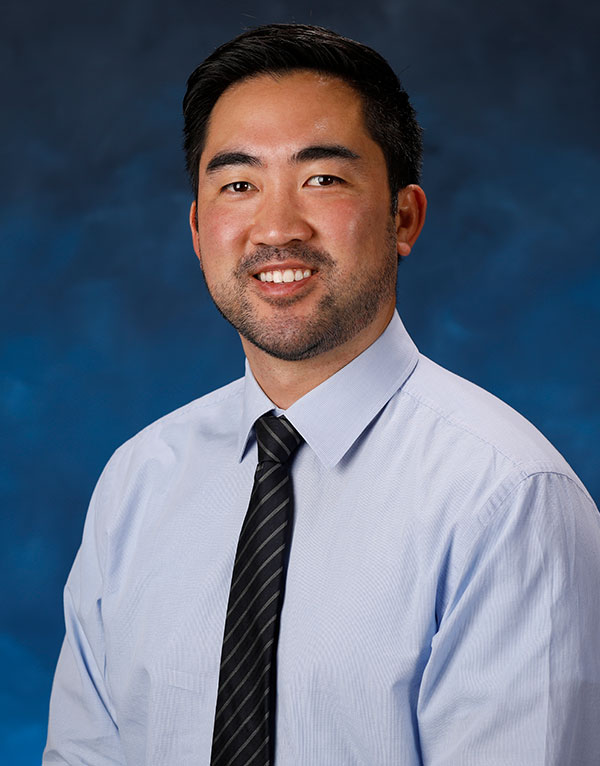
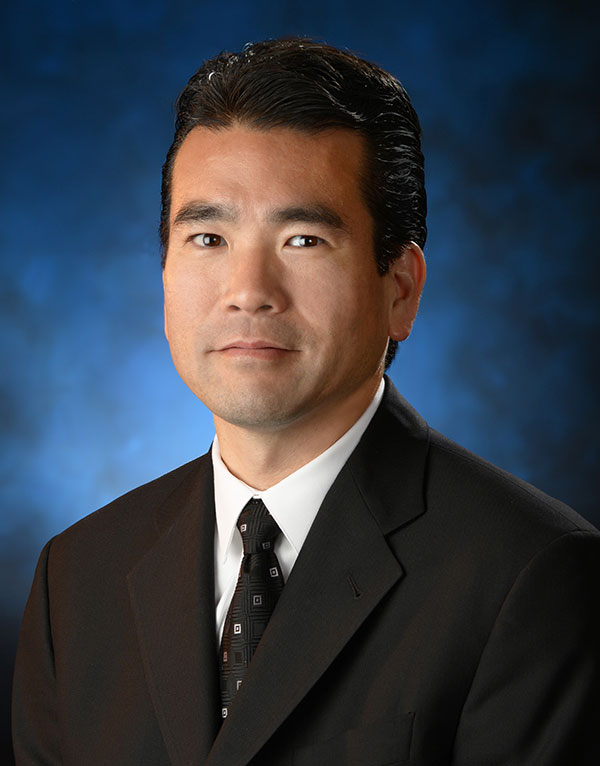
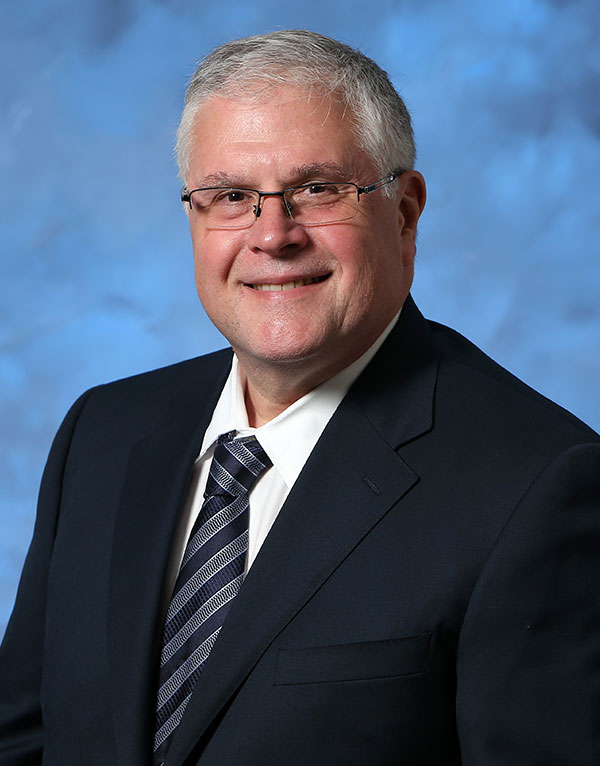
Disclaimer : All content posted on this website is commentary or opinion. This website does not give or attempt to give medical advice and your personal information is not stored. THIS WEBSITE IS NOT DESIGNED TO – AND DOES NOT – PROVIDE MEDICAL ADVICE.
© Copyrights UCI Department of Urology, All rights reserved. | Links | UCI Men's Health Department | UCI Kidney Stone Center | UCI Pediatric Department | UCI Prostate Cancer Center | Privacy Policy | ADA Disclaimer
Internet Marketing

